Become a better photographer during your UNYP summer break
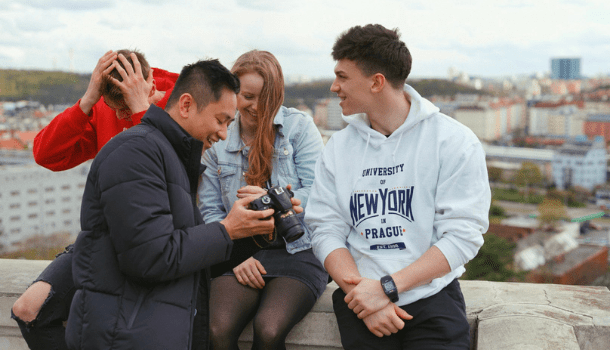
The spring semester at UNYP is over, and you have a few months to enjoy life outside university. Those precious summer days will fly past unnoticed if all you do is sleep and stay in watching Netflix, so take advantage of the warmer weather to get out and start taking photos.
A student guide to boosting your photography skills
Photography has never been more accessible than it is today. However, many smartphone photographers tend to shoot without giving much thought to composition, relying on the occasional lucky shot. Sounds familiar? Keep on reading if you want to lose the random element and start photographing with intent. No matter what camera or smartphone you use, there are several ways to develop your photographic skills.
Spotting, composition, and evaluation are the three basic perceptual abilities associated with photography. Some photographers seem to have a natural talent for these abilities, while others find them perplexing. There are a variety of explanations as to why people vary in their ability to view a scene, but the most crucial factor is that the eye and brain collaborate in a somewhat different way than a lens and camera. Similarly, while most people can recognize good composition when they see it, some photographers struggle to achieve a well-composed image.
Without relying on the rote application of the guidelines known as “composition rules,” some photographers realize that their photographs are somewhat deficient, but they can’t figure out why. The good news is that these skills aren’t particularly obscure, and can be enhanced with learning and practice.
Photography can be compared to physical exercise: if you really want to excel, you must put in the effort. Another similarity between photographers and athletes is that peak performance is based on commitment and discipline rather than equipment. A good part of photography is simply getting out with a camera and exploring places, subjects, and ideas. The more you work on your observation skills, the more you will improve your visual craft. Smartphone cameras have the advantage of accessibility and mobility, and can be used creatively. Despite their limitations, they are entirely suitable for the following exercises.
Save photos that move you
When scrolling through professional photography on places like Instagram or Pinterest, mark photos you find particularly striking or inspirational, and save them to look back on. Think about how they affect what you see on an everyday basis.
Practice mindful seeing
Mindful seeing can be described as the practice of actively noticing everything within your visual field. Its purpose is to shift your focus away from thinking and doing toward noticing. Take a minute to look around your surroundings once every hour during the day. Take a good look. Pay attention to the details. Notice the light and its qualities, the color palette of your surroundings, textures, things you usually overlook. This simple exercise will help you to become more observant and conscious of your surroundings.
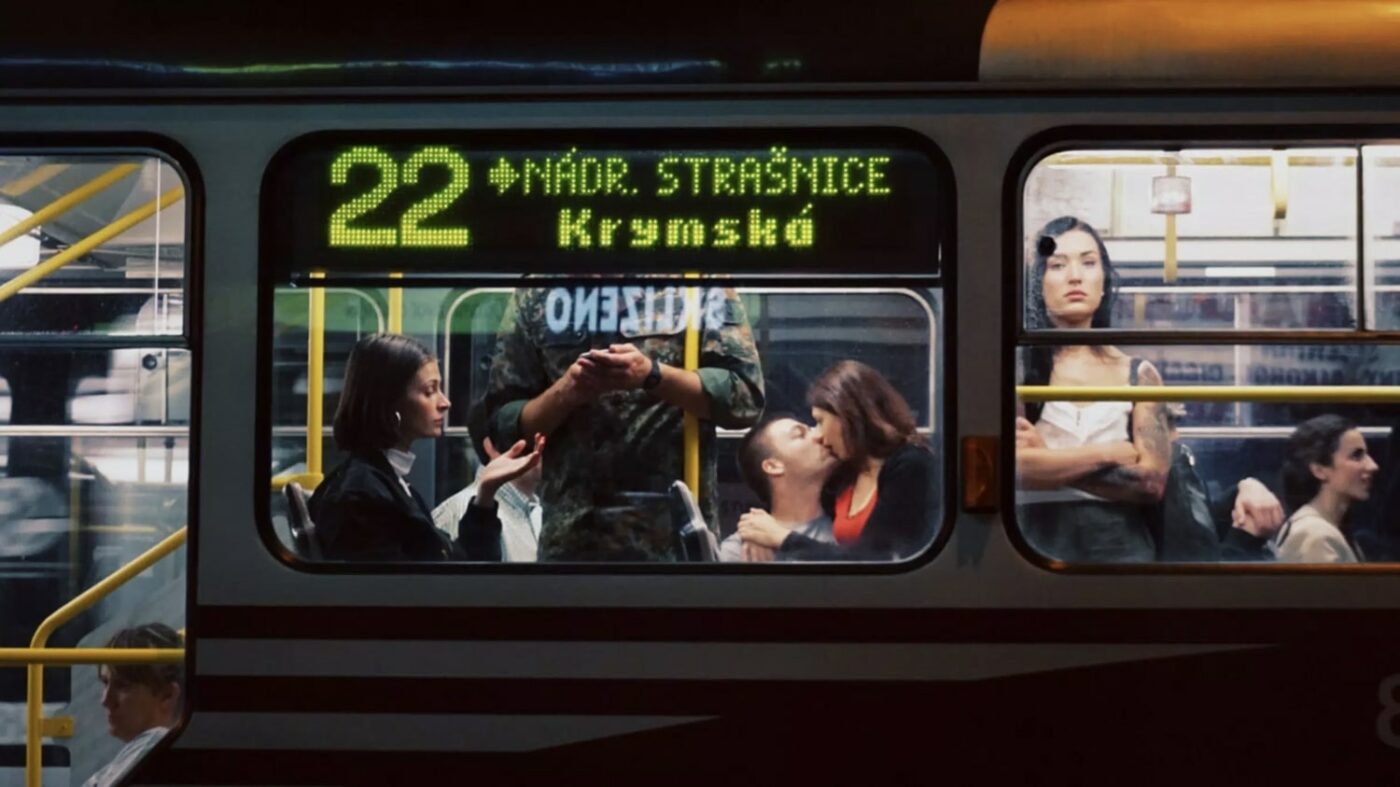
Polina Shubkina © Prague Nights, 2018
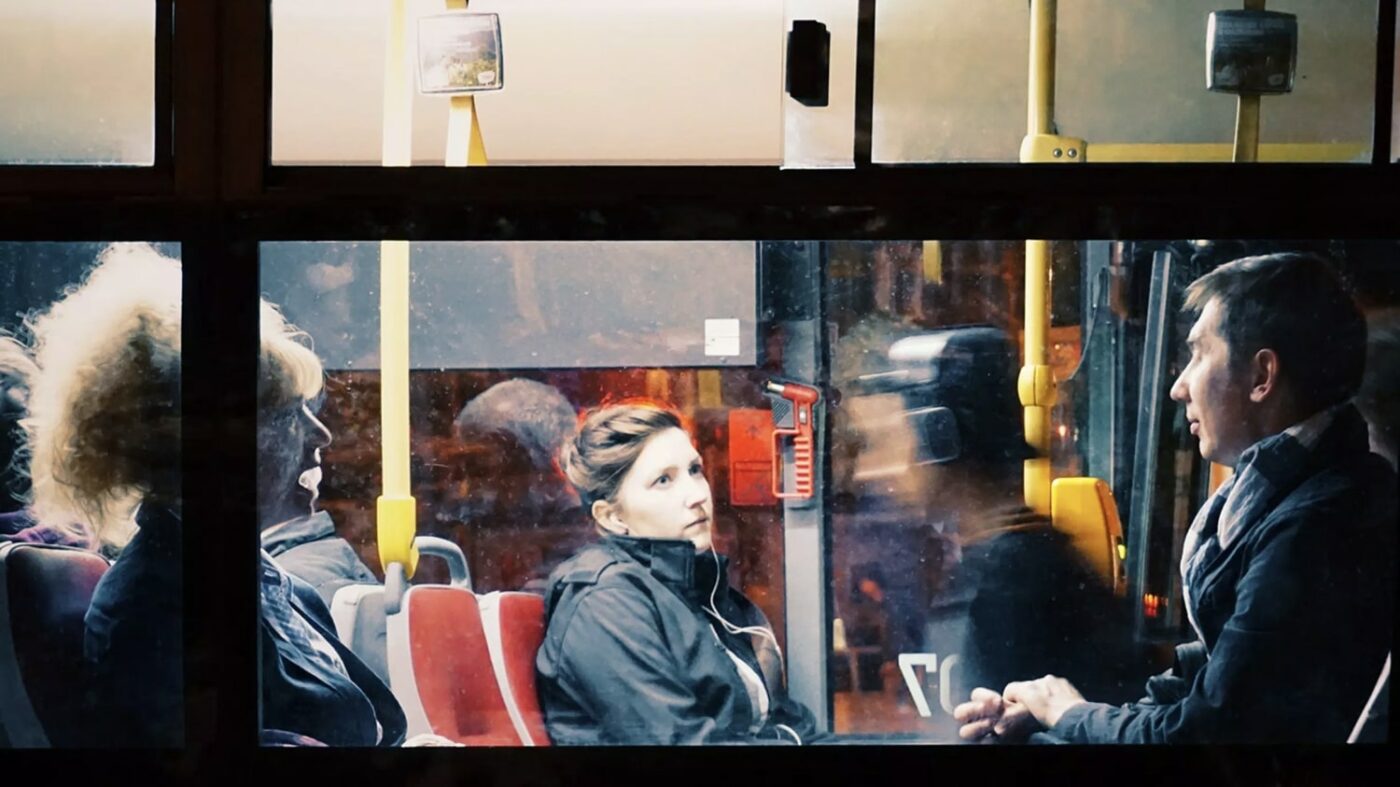
Polina Shubkina © Prague Nights, 2018
Photograph the same scene on multiple occasions
Conditions constantly evolve, and it can be a helpful exercise to recapture a scene you’ve previously visited. Capture a feeling of place by photographing a particular location as it shifts over time or under various conditions. There are two ways to approach this assignment: the first is to find a picture of a scene you took years ago, and then go back and take new photos, and the second is to find a location to photograph and then photograph it again under different circumstances from the same perspective. How does the different lighting change the mood of the image, and why? Which one do you prefer?
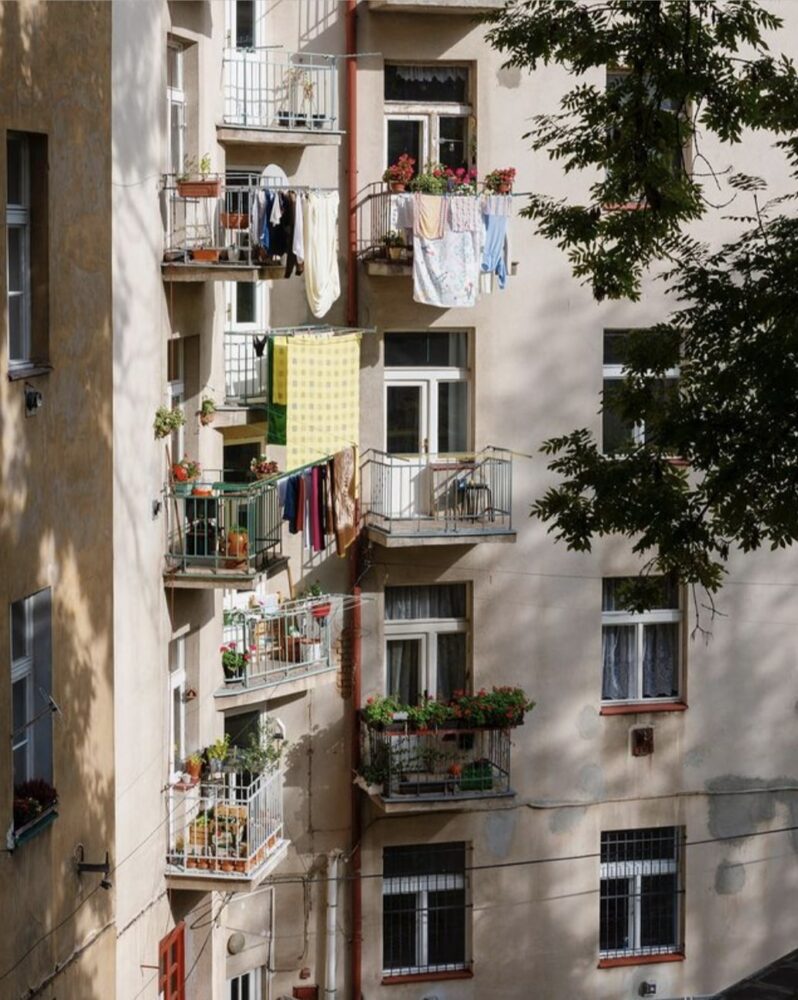
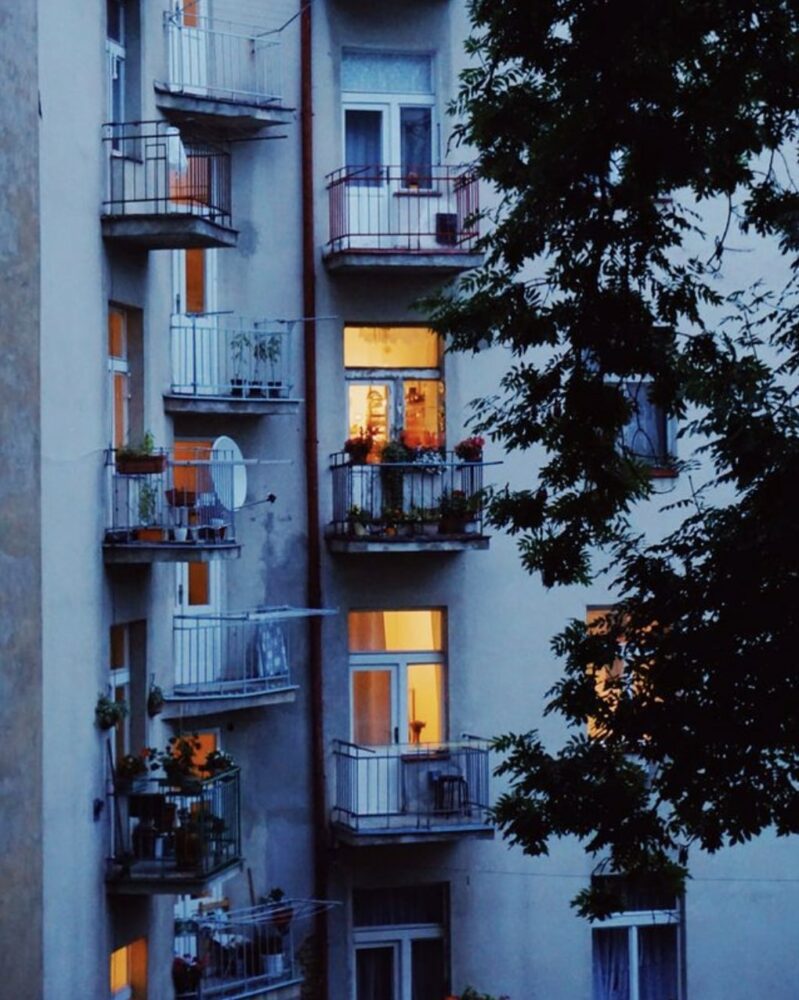
Polina Shubkina © Home, Prague, 2020
Photograph with a theme in mind
Deliberately looking at things in new ways is one technique to expand your observational and perceptual skills. Think of a single subject and photograph it in various settings, and in various ways. The topic should be something that you can see from multiple angles, and ideally, find in different environments—for example, the roofs of buildings, lost objects, commuters. This exercise helps you practice your ability to stay alert and identify a subject when it appears. Remember that you’ll have to focus on what is going on around you, not only on what appears in your middle gaze but also on what is in your peripheral vision. Making a topic into a long-term project will help you improve your analytical skills by forcing you to focus on it.
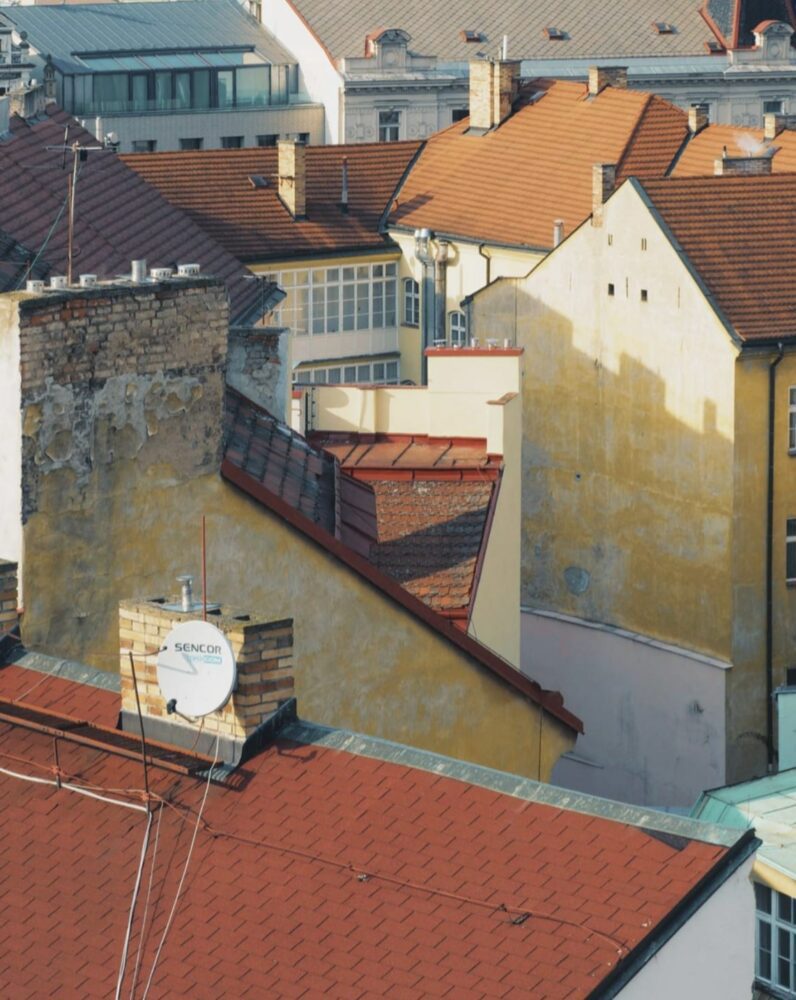
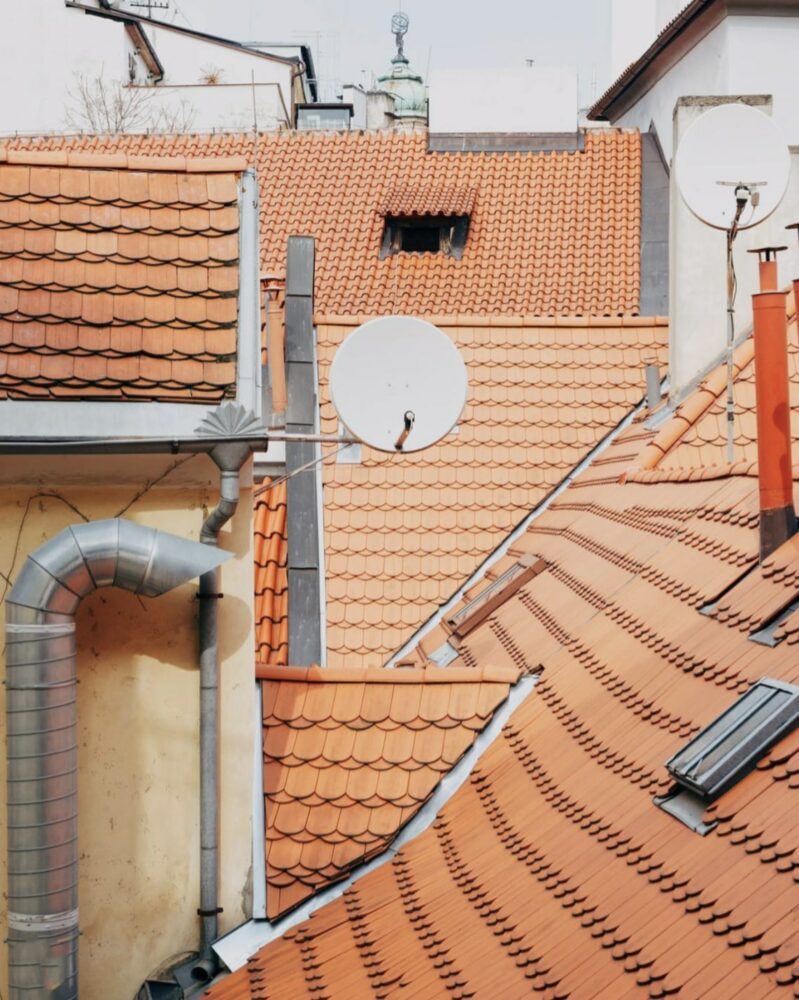
Polina Shubkina © My Prague Roofs, 2017
Related Articles
UNYP Chronicle Newsletter
The e-mail address you provide will be used only to send you the newsletter. Your privacy is important to us.
For more information download our UNYP Brochure.

Contacts
University of New York in Prague
Londýnská 41, 120 00 Praha
ID no: 25676598
Phone:
+420 224 221 261
![]() Skype
Skype
Email: unyp@unyp.cz








